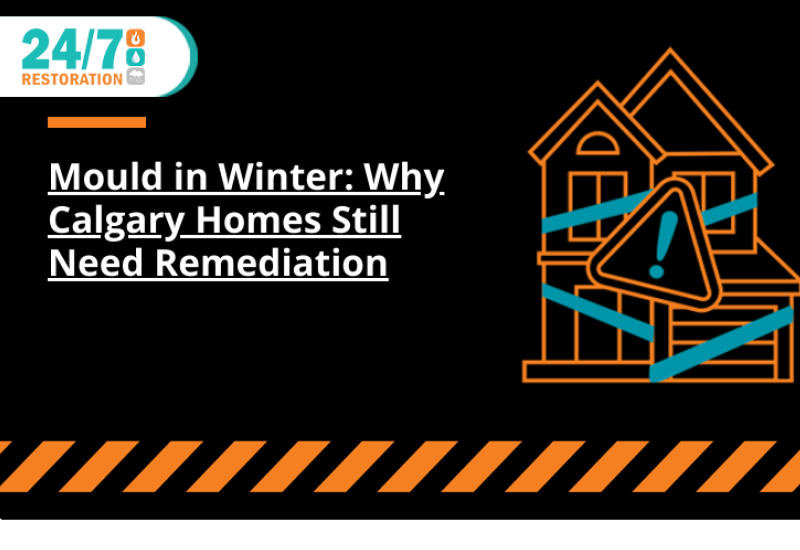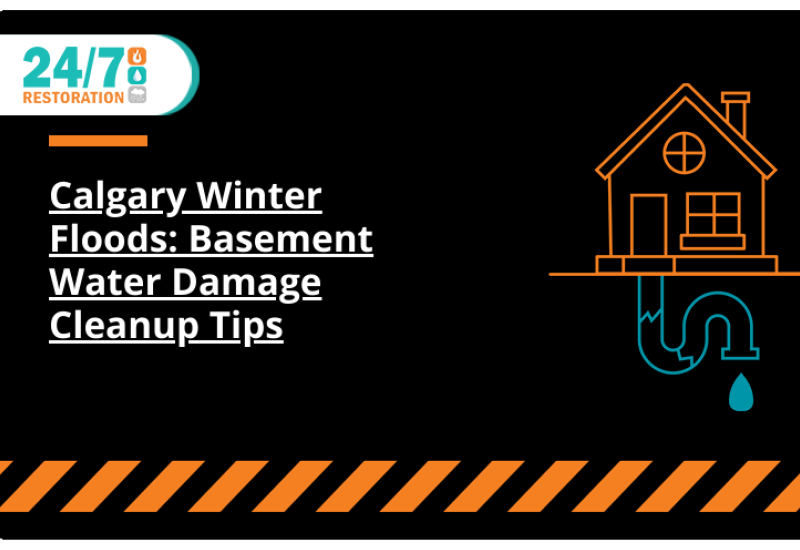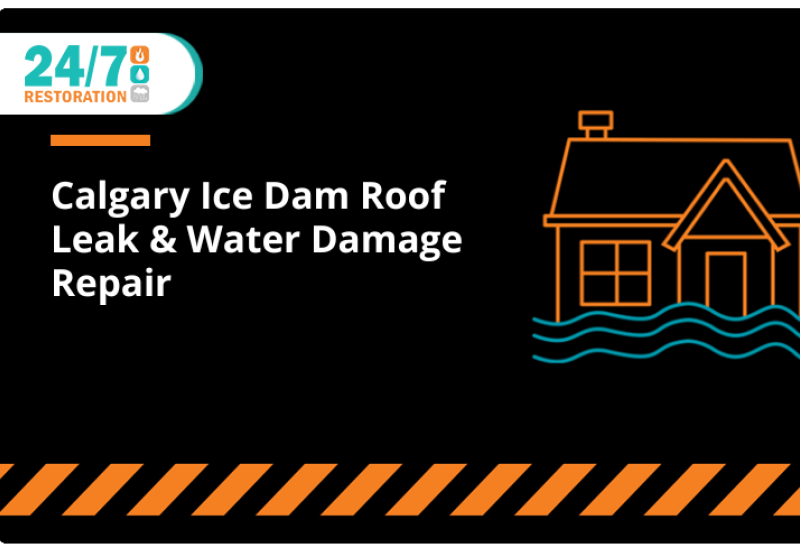What Causes Mold To Grow Even In Winter
Mold needs three things to grow:
- Temperature. Although it can seem like extreme cold kills mold, what actually happens is that the mold deactivates, sometimes even freezing, but this doesn’t kill the mold. Instead, the mold will continue to grow and spread when the temperature rises again. The temperature at which mold grows versus the temperature at which it becomes dormant also depends on the type of mold. Another critical thing to remember about mold and temperature is that even when you live in a cold environment, the inside of your home does not get nearly as cold and mold can thrive within the house. Many varieties of mold like an environment between 15℃ and 27℃, which is the same temperature range most buildings maintain.
- Moisture. This is a key ingredient in the development and reproduction of mold and it is often readily available in many homes. Windows tend to collect condensation as the cold weather outside hits the warm glass, making window frames a common area for mold to develop in the winter. Bathrooms and rooms with poor ventilation are similarly likely to develop mold due to the high amount of moisture that accumulates in these areas. Any flooding or sewage backups that occur will also lead to high levels of humidity even after the water is cleared away, as organic matter such as baseboards or drywall can absorb moisture and end up developing mold. If there is flooding in your home, it needs to be completely dried out to prevent worsening conditions.
- Food. Mold needs organic matter to grow. While you may be familiar with the mold that grows on your produce, other organic materials such as wood, wallpaper, drywall backing, and carpet backing can all also grow mold. Dust and dirt are other common organic materials that can develop mold, and cleaning these substances can help prevent the spread of mold. Organic matter can also get into areas of the house if there has been a sewage backup or flooding from snow or rainwater, as sewage water contains organic matter and bacteria, and snow and rainwater can carry in organic matter and particles.
Contact 24/7 Restoration For Mold Cleanup In Calgary
If your home has developed mold, it needs to be removed in its entirety or else the remaining spores will continue to reproduce and the mold will return. Because of mold’s potential toxicity and the need to fully eliminate it, mold cleanup should be conducted by professionals. If you have mold development in your house that you need removed, call the experts at 24/7 Restoration at 1-403-247-4365 or fill out the online contact form. 24/7 Restoration works in accordance with, and eclipses, the safety measures laid out in the required government codes by using containment facilities with first-rate equipment for safe and quick mold cleanup in Calgary.
FAQs
Q: How can I prevent mold?
A: Some ways to prevent mold are to:
- Keep your house dry, particularly rooms that are frequently exposed to moisture or have poor circulation
- Fix any leaks in the home
- Turn off humidifiers if the windows show condensation/fog
- Don’t leave wet material sitting in an enclosed space
- Clean humidifiers and dehumidifiers often
Q: What happens if mold is not removed from my home?
A: Mold in the home for a prolonged period can trigger allergies or lead to mold sickness. Some of the symptoms of mold exposure are:
- Irritation of the eyes
- Signs of allergies such as sniffling, sneezing, and coughing
- Rashes
- Headaches
- Respiratory issues such as wheezing, sore throat, and complications of the lungs
Q: Can I clean up mold by myself? If yes, how?
A: It is possible to remove small patches of mold by yourself if you take the right precautions. Wear protective clothing and scrub away the mold with a mixture of detergent and water (not bleach). However, if the moisture problem is not resolved, the mold is likely to return. Most people don’t know the difference between non-toxic and toxic mold, so it is safer to contact 24/7 Restoration for proper removal of all forms of mold.




